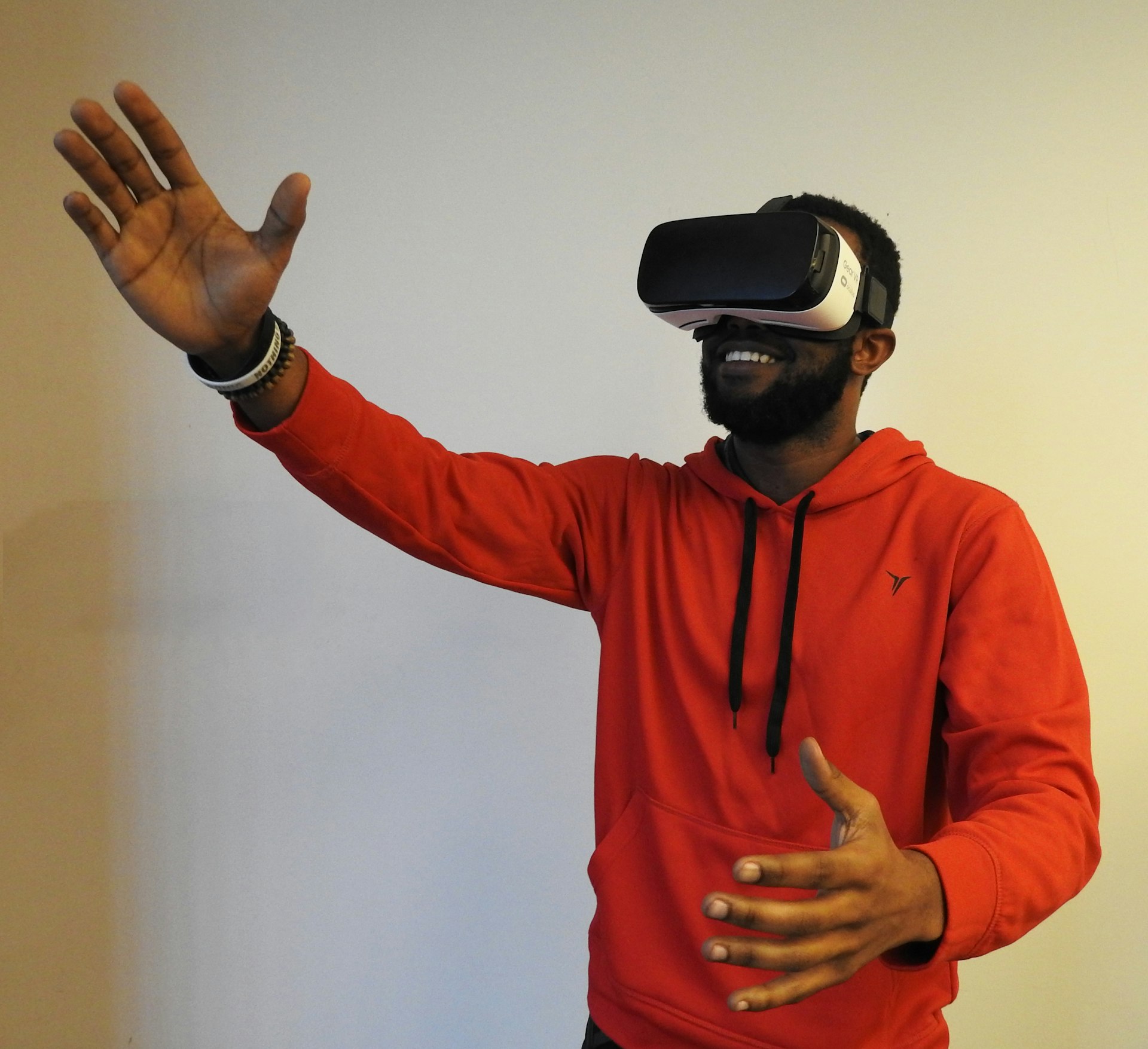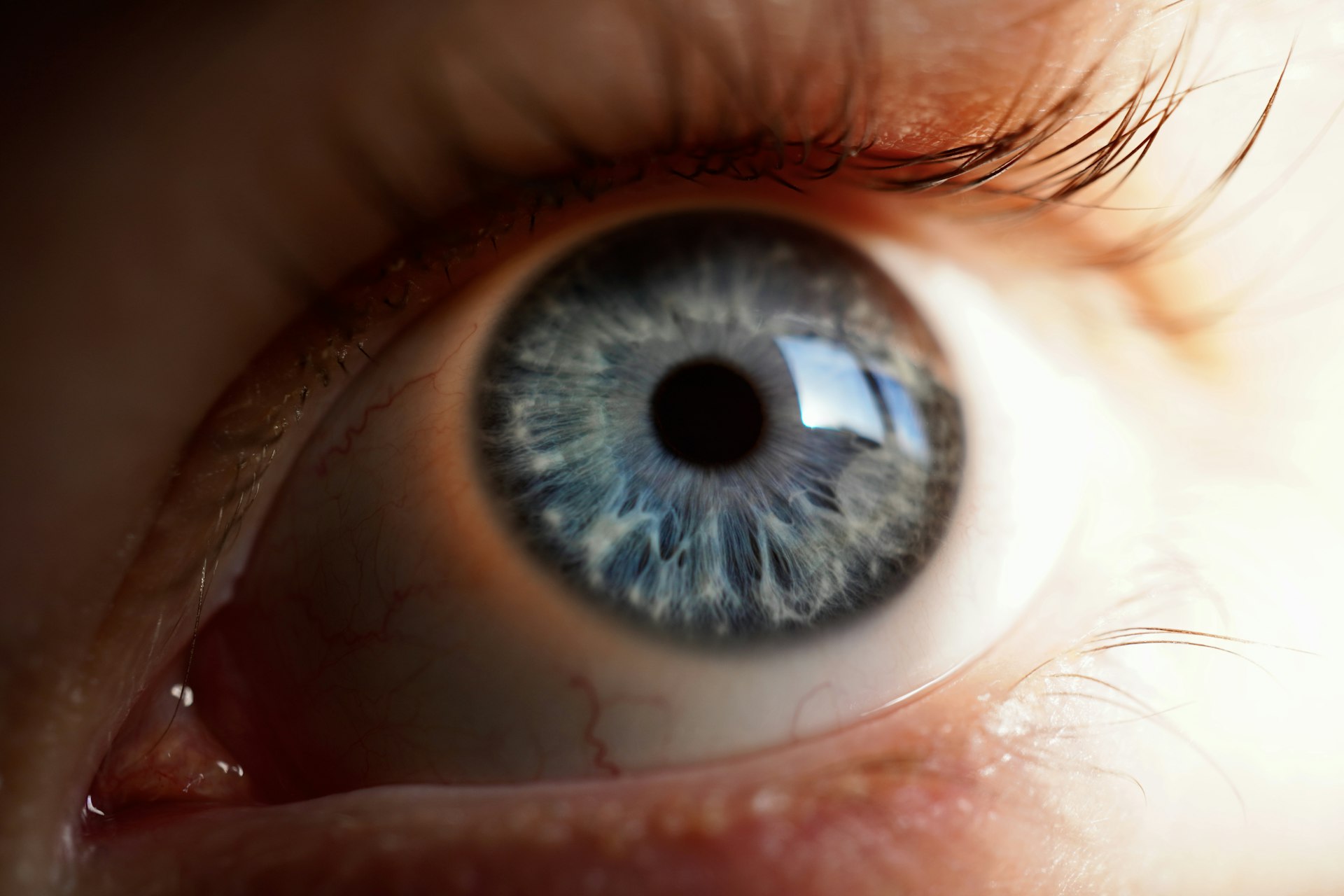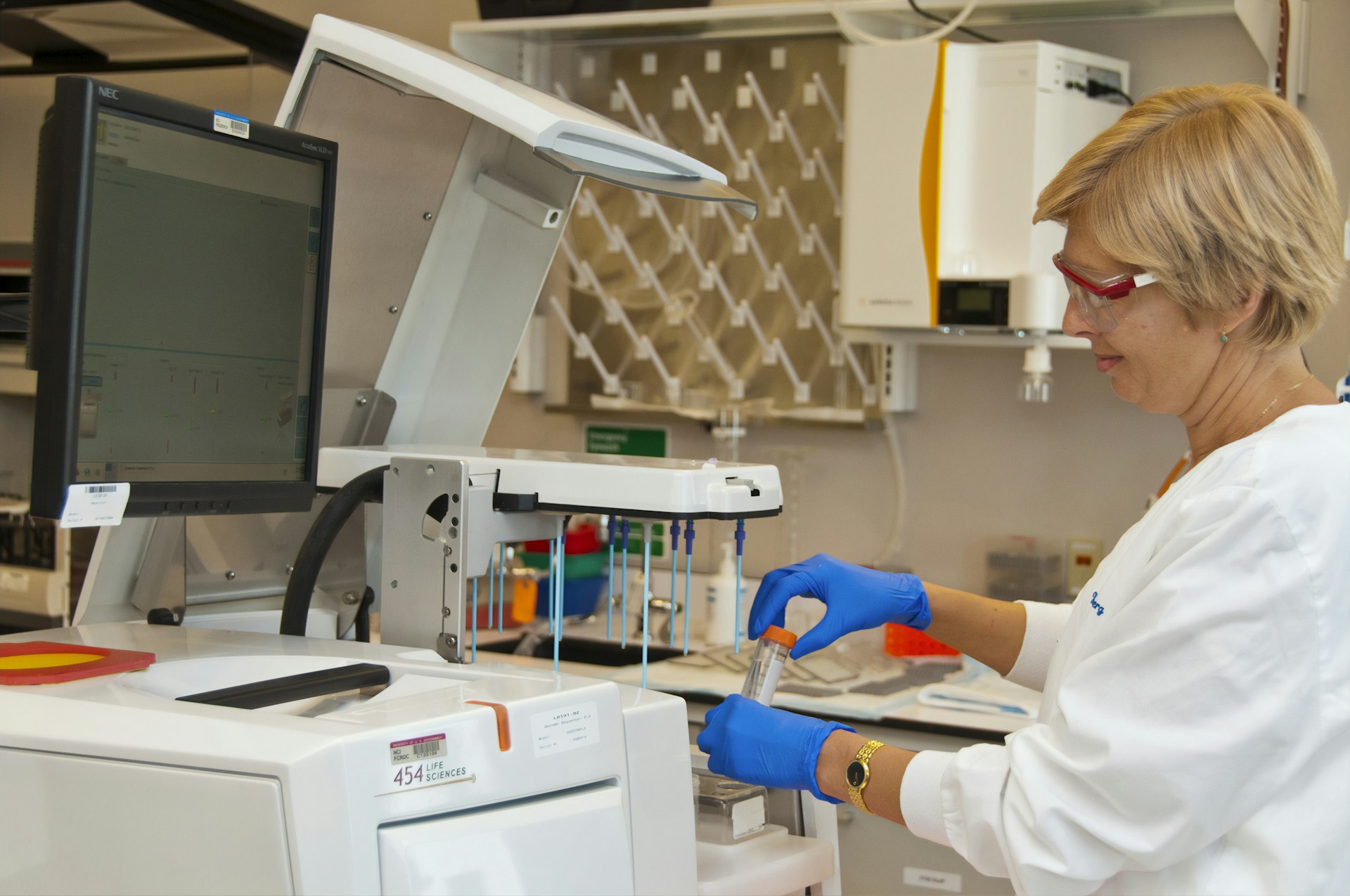How Wearable ECG Devices Are Transforming Heart Health Monitoring and Management

Photo by Marek Studzinski on Unsplash
Introduction
Wearable electrocardiogram (ECG) devices are rapidly changing the landscape of heart health monitoring. Unlike traditional clinic-based ECGs or bulky Holter monitors, these compact, user-friendly devices empower individuals to track their heart rhythms in real time, often from the comfort of their own homes. As cardiovascular diseases remain the leading cause of mortality globally, the ability to detect arrhythmias and other cardiac anomalies early can be life-saving [1] .
Continuous Heart Health Monitoring: The New Standard
Wearable ECGs
provide continuous, real-world heart data, capturing transient cardiac events that older methods might miss. Devices such as smartwatches (Apple Watch, Samsung Galaxy Watch) and adhesive chest patches (Zio Patch) have proven effective in detecting arrhythmias and correlating symptoms with rhythm disturbances
[2]
. For high-risk patients, ongoing monitoring can fast-track diagnosis and enable timely intervention, reducing emergency department visits and potentially lowering healthcare costs
[1]
.
Benefits of Wearable ECG Devices
Several studies have shown that wearable ECG devices are non-inferior to standard medical-grade equipment in detecting arrhythmias such as atrial fibrillation (AF). Early AF detection, facilitated by wearables, may reduce the risk of stroke and heart failure, especially if anticoagulation therapy is initiated promptly [3] .
Key benefits include:
-
Early diagnosis:
Wearables help identify rhythm disorders before they become symptomatic, leading to better outcomes [3] . -
Reduced patient burden:
Devices are lightweight, unobtrusive, and easy to use, allowing for routine monitoring without disrupting daily life [1] . -
Improved healthcare efficiency:
Continuous data collection reduces the need for frequent clinic visits and resource-intensive tests [4] . -
Symptom-rhythm correlation:
Wearables can link patient-reported symptoms to objective ECG findings, speeding up diagnosis [2] .
Real-World Applications and Case Studies
A prominent example is the Zio Patch, an adhesive single-lead ECG device that provides extended ambulatory cardiac monitoring. In a cohort of over 26,000 patients, the Zio Patch delivered incremental diagnostic yield for all arrhythmia types beyond initial monitoring periods [3] . The mSToPS study further confirmed that ECG patch-based screening in asymptomatic, high-risk individuals led to more frequent new AF diagnoses and earlier anticoagulation therapy-but also resulted in increased healthcare resource utilization.
Consumer-grade devices like Fitbit Sense, Charge 5, and Apple Watch have been validated for atrial fibrillation detection. The Fitbit Heart Study found a positive predictive value of 98.2%, indicating high accuracy in identifying true positives [5] . These devices empower users to proactively manage their heart health and share data with providers as needed.
Challenges and Limitations
Despite their promise, wearable ECG devices are not without challenges:
-
Data privacy:
With sensitive health data transmitted and stored, robust security frameworks and user education on privacy settings are essential [1] . -
Accessibility:
Not all patients can afford or access these devices, raising concerns about equitable healthcare [2] . -
Data overload:
The sheer volume of data generated requires advanced analytics and provider training to interpret results meaningfully [4] . -
Clinical validation:
While consumer-grade devices are increasingly accurate, medical-grade validation remains critical for regulatory and therapeutic decisions [3] .
Patients and providers should work together to choose suitable devices, ensure correct usage, and establish protocols for data sharing and follow-up.

Photo by Maxim Berg on Unsplash
How to Access and Implement Wearable ECG Devices
For those interested in leveraging wearable ECG technology for heart health:
- Consult your healthcare provider to determine which device meets your clinical needs. Providers can recommend FDA-cleared models and discuss insurance coverage options.
- Visit official company websites (for example, Apple, Fitbit, Samsung, iRhythm Technologies) to review device features and user guides. Always verify the authenticity of the site before purchasing.
- Ask your cardiologist or primary care physician whether remote monitoring programs are available through your local healthcare system. Many hospitals and clinics now offer digital health integration for chronic disease management.
- If you are interested in clinical trials, search for ongoing studies on wearable ECG devices through ClinicalTrials.gov and review eligibility criteria. These studies may provide devices at no cost for qualified participants.
- Set up your device according to manufacturer instructions and ensure your data is being securely transmitted to your healthcare provider, if applicable.
- Monitor for symptoms such as palpitations, dizziness, or chest discomfort and use your device to record ECG data during these episodes.
- Be aware of privacy settings and data sharing policies. Only share your information with trusted healthcare professionals or official research teams.
For those unable to access wearables, alternatives include traditional Holter monitors (arranged through a physician) or scheduled ECGs at medical facilities. Community health programs and some insurance plans may offer device subsidies or loaner programs for qualifying patients-ask your provider or insurer about these opportunities.
Future Trends and Opportunities
Wearable ECG technology is poised to further revolutionize cardiac care. As devices become more affordable and analytics more sophisticated, integration with electronic health records and telemedicine platforms will streamline care delivery. Ongoing research aims to standardize algorithms and validate consumer-grade devices for wider clinical use [4] . Providers and patients alike should stay informed about new developments by monitoring updates from credible sources such as the American Heart Association, FDA, and leading academic medical centers.
Ultimately, wearable ECGs represent a powerful tool for proactive heart health management, early diagnosis, and personalized care. With appropriate safeguards and equitable access, these devices have the potential to reduce the burden of cardiac disease and improve quality of life for millions.
References
- [1] Applied Clinical Trials (2023). The Future of Cardiac Safety: How Wearable ECGs Enhance Patient Monitoring.
- [2] Kamga, P. et al. (2022). The Use of Wearable ECG Devices in the Clinical Setting.
- [3] Hughes, A. et al. (2023). Wearable Devices in Cardiovascular Medicine.
- [4] Gill, S.K. et al. (2024). Consumer wearable devices for evaluation of heart rate in atrial fibrillation.
- [5] Cleveland Clinic Journal of Medicine (2024). Consumer-grade wearable cardiac monitors: What they do and don’t do.
MORE FROM cheerdeal.com













